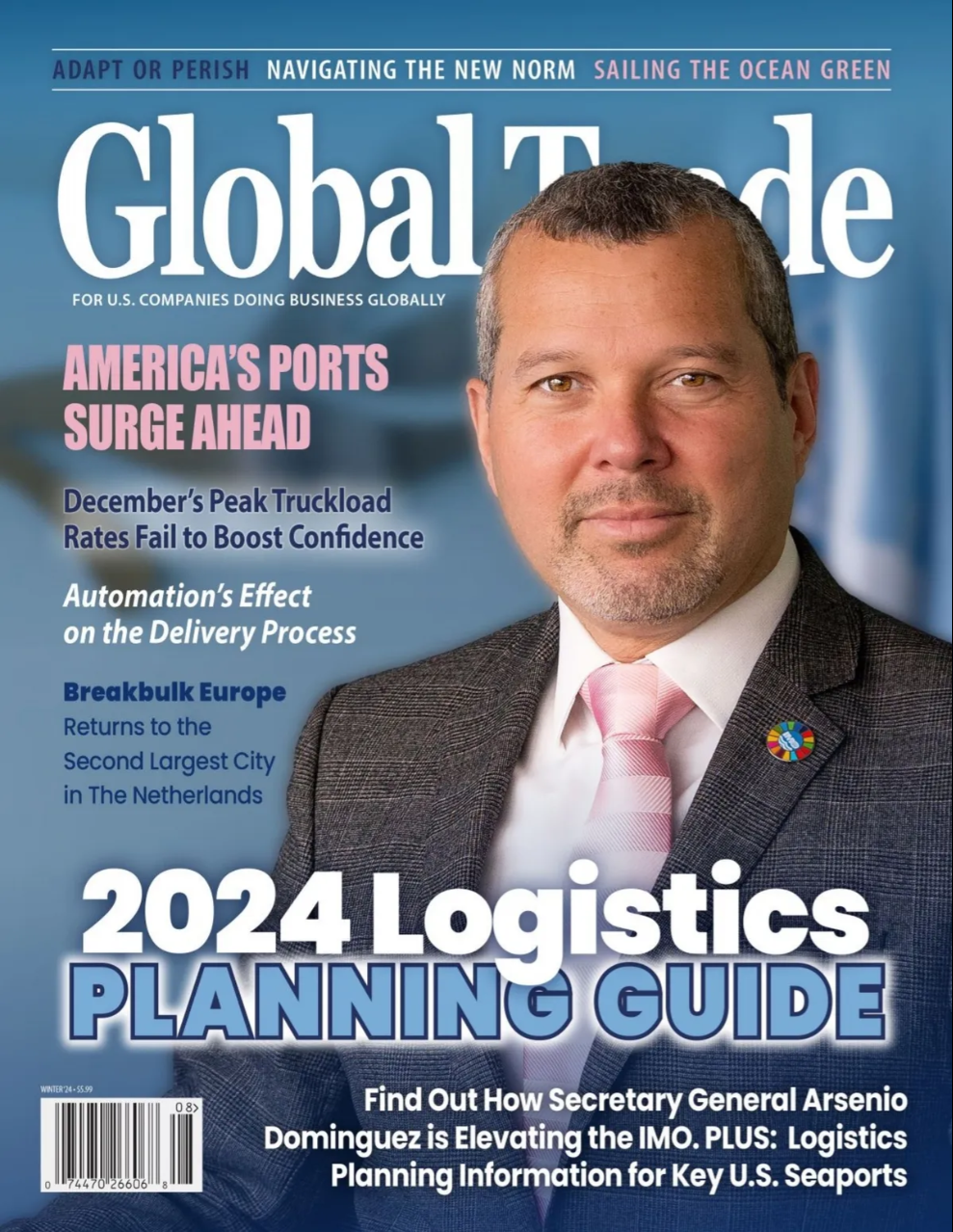In an effort to prevent and possibly delay the forecasted 25 percent tariff on imported cars, Americans for Prosperity’s President Tim Phillips stresses the negative impacts such actions will impose on the American people.
“Increasing the cost of foreign cars doesn’t make American companies more competitive, it just forces American consumers to pay more. More expensive cars mean more barriers to opportunity for the average family and worker who relies on an affordable car to support a small business, commute to work, visit loved ones, and shuttle kids to school and soccer practice.
In addition to putting a spotlight on the families and citizens that will potentially pay for the impact of the tariffs, Phillips warns of the steep economic factors at hand, including the risk of compromising the current state of the American economy.
“The impact of new auto tariffs would be borne by communities otherwise thriving from tax reform and this administration’s regulatory relief efforts. Piling on more tariffs puts America’s strong economy at risk and further jeopardizes the most vulnerable in our society by inviting retaliation from our trading partners. We urge the administration to abandon the auto tariffs and re-negotiate with the European Union to eliminate all car tariffs.”
Source: Americans for Prosperity



